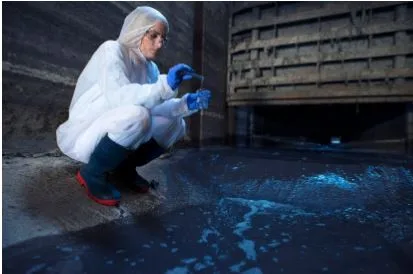A Guide to Asbestos Lawsuits: What Victims and Families Should Expect?
Asbestos exposure has been linked to serious health issues, including mesothelioma and other forms of cancer. If you or a loved one has been affected, understanding the legal landscape surrounding asbestos lawsuits is crucial.
Wondering what you (as a victim) and your family should expect? Look nowhere else! Here is a breakdown of five essential points that victims and their families alike should be prepared to navigate this complex process. So, let’s review them!
1. Understanding the Legal Basis for Your Claim
Asbestos lawsuits primarily arise from negligence, product liability, and wrongful death claims. If you’re a victim, you must establish that you were exposed to asbestos thanks to someone else’s failure to provide a safe environment.
Another scenario is that you were exposed to a product containing asbestos. Once you fully grasp the specifics of your case, which include the type of exposure and the responsible parties, building a strong lawsuit would be much easier for you.
2. Navigating the Legal Process
The legal journey is complex. It involves several steps, including filing a complaint, conducting discovery, and potentially proceeding to trial. Expect the process to take time, often several months to a few years, depending on factors like court schedules and the complexity of your case.
It’s strongly advisable to work with an attorney specialized in asbestos litigation who can guide you through all the ins and outs of legal proceedings.
They will also keep you on the right track toward securing fair asbestos lawsuit settlements with greater confidence. They strive hard to ensure that deadlines are met.
3. Gathering Medical and Employment Records
To support your claim, you (as a victim, if you can, or your family member) must present comprehensive medical documentation. Make sure it proves the link between asbestos exposure and your illness. Remember to include:
- medical records,
- diagnostic reports, and
- expert testimony.
In addition, you will have to provide evidence of your employment history, particularly if you worked in industries known for asbestos use.
This all-inclusive documentation will help you establish a clear timeline and connection between exposure and health outcomes.
4. Understanding Compensation Options
Being a victim, you may be entitled to various forms of compensation, which include
- medical expenses,
- lost wages, and
- pain and suffering.
In many cases, settlements are reached before going to trial. It’s because companies seek to avoid the costs associated with prolonged litigation proceedings.
That’s why it’s essential to understand the full extent of potential compensation. With the support of an attorney expert in asbestos lawsuits, you can better negotiate the best possible outcomes for your situation.
5. Emotional and Psychological Support
Another expectation for victims and their families is to engage in an asbestos lawsuit, which can be emotionally taxing. The stress of dealing with a serious illness while navigating legal complexities can take a toll.
To ease your burden, you may need to seek support from counselors, support groups, or loved ones. Several organizations and law firms, such as ELSM Law, also provide resources specifically for individuals affected by asbestos exposure.
These resources, when taken advantage of, will provide both emotional support and practical guidance to help them navigate this challenging time.





